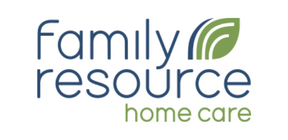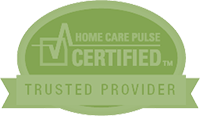Home care is an innovative response to the divergence from traditional forms of care, like hospitals, nursing homes, and social services which are consistently inundated and cannot provide the care necessary for the growing population of older adults. Home care helps seniors or people with the inability to perform the crucial activities of daily living (ADLs) to maintain independence and lead healthier lives. Though caregivers are not medically certified, they are trained to care for seniors. Having a professional caregiver helps keeps seniors active, and mentally stimulated, and provides often much-needed companionship, all of which have stunning positive effects on both physical and mental well-being.
Home care can be broken down into two different categories. One type performs custodial care — care for the aging and disabled that helps a person with activities of daily living (ADLs) such as bathing, dressing, feeding, and transferring. Custodial care also includes helping a person perform instrumental activities of daily living (IADLs). IADLs are tasks not involving physical contact with a client, but necessary for independent living such as light housekeeping, laundry, meal preparation and planning, shopping and errands, using communication devices (telephone, writing), and managing money.
Most senior clients of Family Resource Home Care need help with both ADLs and IADLs. The other type of in-home care is medical home care, also known as home health care. Home health care is performed mostly by nurses and physical and occupational therapists. It involves skilled procedures such as wound care, IV lines and infusion therapy, managing medications, physical and occupation therapy, and skilled nursing care.


